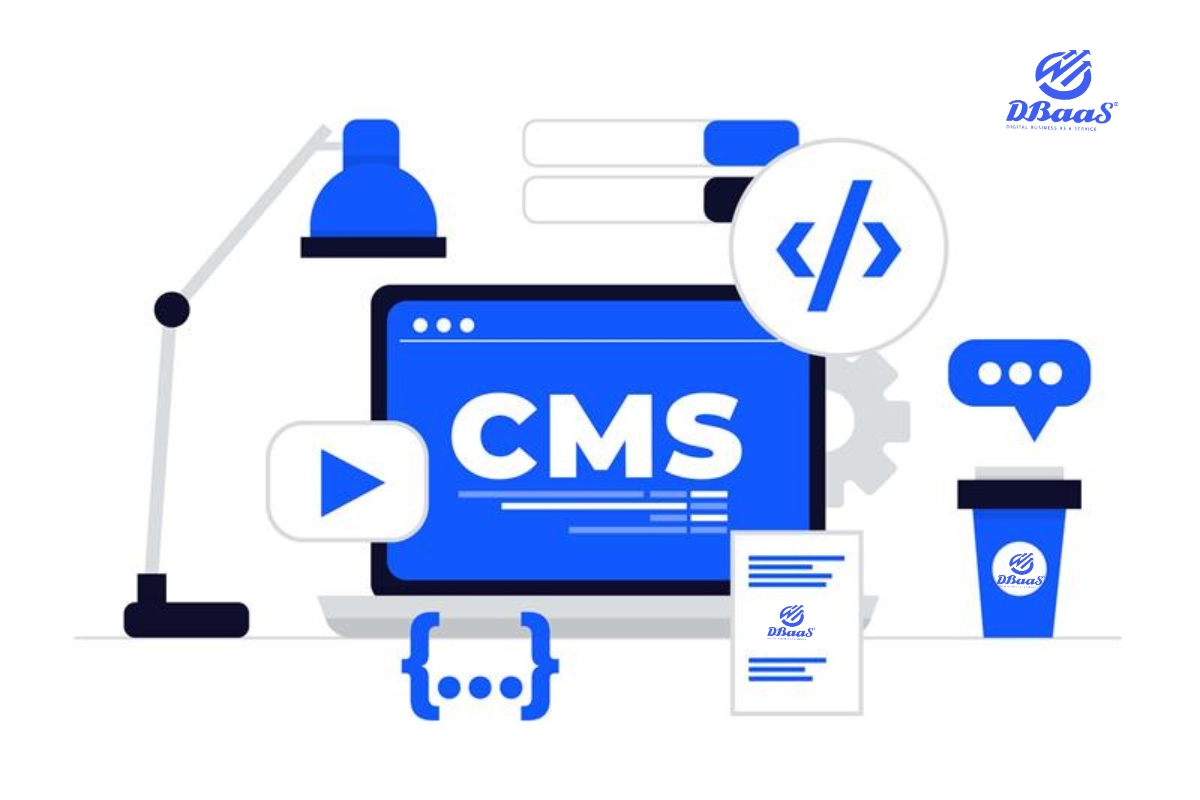
Content Management System For Developers
Content Management Systems for Developers: Empowering Flexible and Scalable Web Solutions
Developers choose the correct content management system to develop powerful, flexible, and maintainable websites. Most CMS platforms are developed for non-technical users, but some are designed directly for developers. Be strong in CMS platforms with strength and flexibility.
The most popular headless CMS, like Strapi, Contentful, and Sanity, comes out because of a decoupled architecture allowing for content management separate from presentation; therefore, it offers much more flexibility in content delivery across platforms and devices, powerful APIs, customizable content models, and the freedom to use any front-end technology stack.
Strapi is an open-source, headless CMS; it’s self-hosted, highly customizable. It uses RESTful API, GraphQL support, and also has a customizable admin panel with a system of plugins that can easily extend functionality. Developers praise this.
Contentful, once again, a headless, cloud-based CMS is popular with developers for a robust API-first approach, strong content modeling capabilities, excellent documentation. It offers the most solid case for builders of complex, multi-platform projects and its content delivery API.
Drupal and Craft CMS are the most popular choices for developers who look for something powerful in a traditional CMS architecture. Drupal is highly customizable with versatility in scalability and has a robust module system, which makes it very easy to extend functionality-this makes it ideal for large, complex websites for use in enterprise and government sectors.
Craft CMS is a content-first platform with a clean, efficient codebase, utilizing the intuitive Twig templating engine. Its strong content modeling capabilities enable the creation of complex content structures with ease.
Gatsby and Hugo have gained popularity in the CMS world due to the extra layers of security and performance with such powerful development tooling. Gatsby uses React and GraphQL for data. It has a strong plugin ecosystem. Hugo was designed using Go and does support fast build times with great flexibility about the management of the content.
When to choose a CMS, here are the key factors to consider:
- Extensibility of core functionalities-the ease of extension or modification.
- The presence of a solid API on the part of the CMS that would enable it to interact with other services.
- How is the site performing in highly high-volume and complexly structured content situations?
- Scalability of the CMS-that is, if it can change according to changes in project needs over time.
- It states the security-related features and update processes.
- It asks the existence of a strong developer community and variety of different plugins or modules.
It is very much project-dependent, and also for developers, where one needs to focus on project requirements, personal choice, and team strengths. Headless CMS: when flexibility is required
Traditional CMS with robust tools-when the whole power is needed for the work.
Static site generator-when the site should be high performance.
It would mean choosing a CMS that supports the process of development so that developers can make robust, scalable, and lasting web solutions by considering items like hosting requirements, long-term maintenance, and non-developer content editors.
It would give developers the ability to find a right CMS tool through the evaluation of alternates into project needs and development preferences to help carry out their visions of the web effectively and efficiently.


